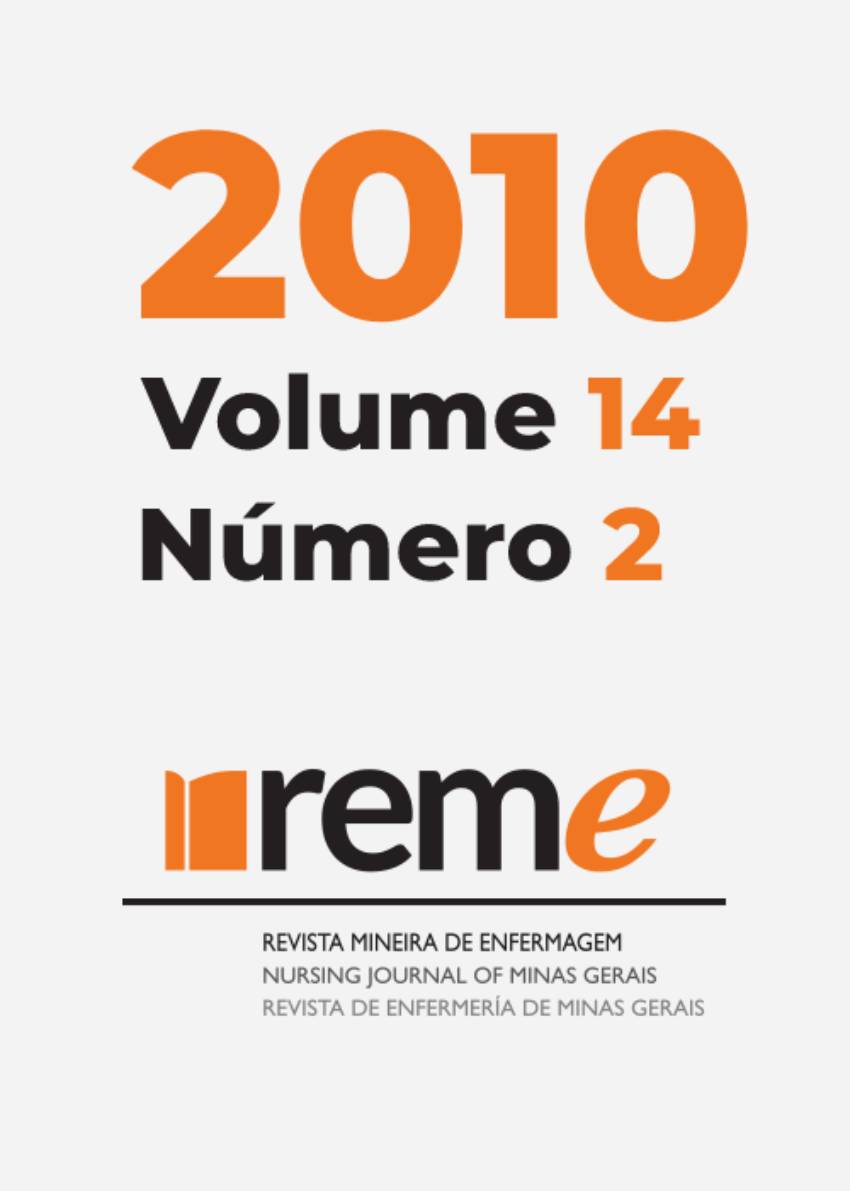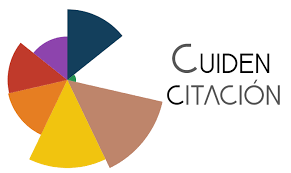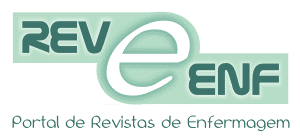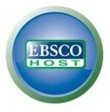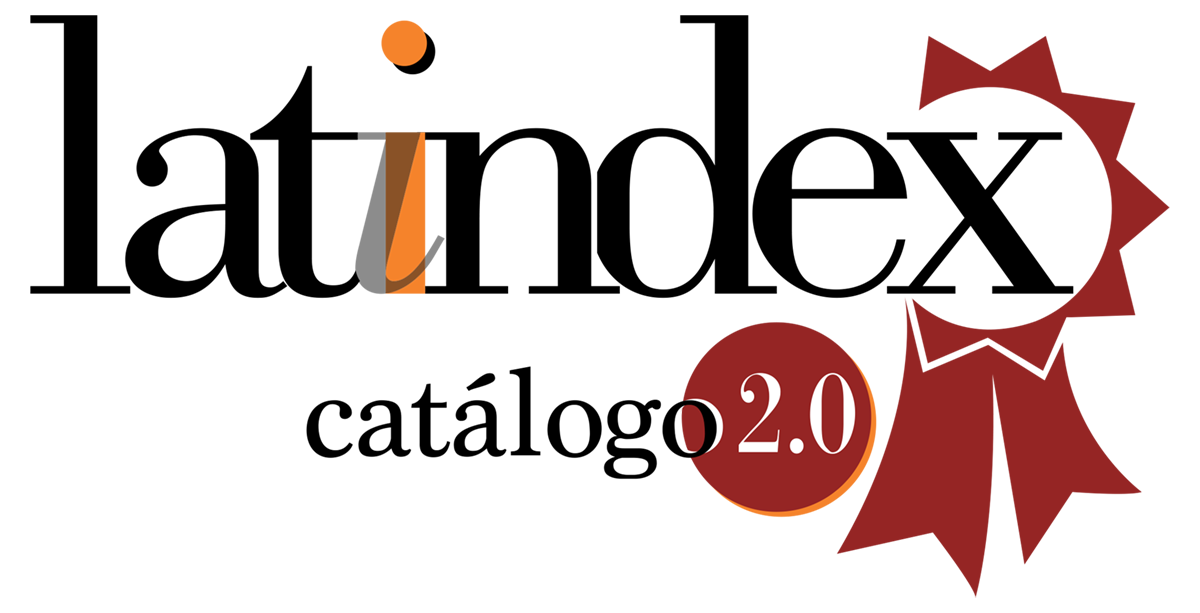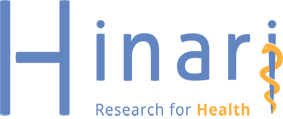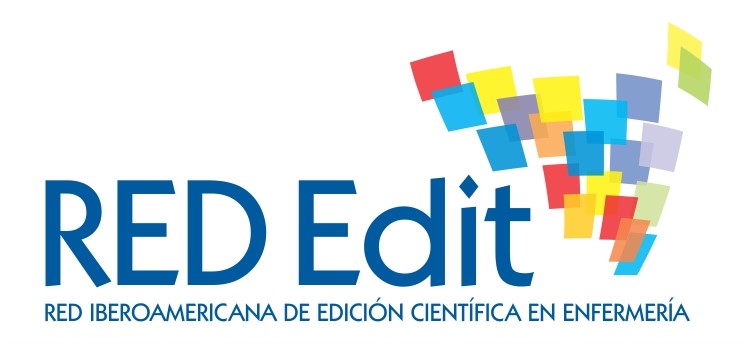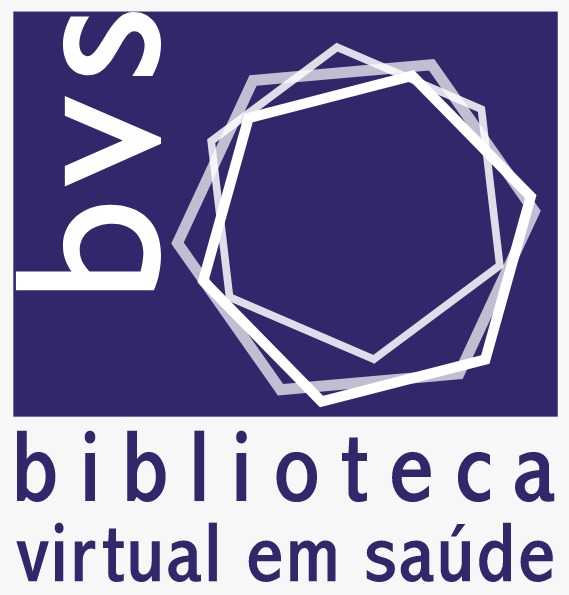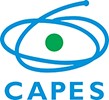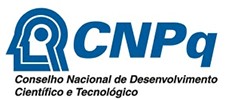As crianças portadoras de mucopolissacaridose e a enfermagem:
uma experiência de desospitalização da assistência
DOI:
https://doi.org/10.5935/2316-9389.2010.v14.50477Palavras-chave:
Cuidados de Enfermagem, Hospital Dia, Mucopolissacaridoses, Saúde da CriançaResumo
Relato de experiência por meio do qual objetiva-se discutir e divulgar o processo de desospitalização de crianças portadoras de mucopolissacaridose (MPS) ocorrido em Hospital de Pediatria Professor Heriberto Ferreira Bezerra (HOSPED) em Natal-RN. A MPS é uma doença genética que resulta da deficiência de enzimas lisossômicas. A terapêutica medicamentosa consiste na terapia de reposição enzimática (TRE) específica, medicação de alto custo, administrada semanalmente em aproximadamente quatro horas. Como problema, observou-se que esses pacientes eram submetidos à internação hospitalar por vinte e quatro horas, somente para este tratamento, sendo liberados no dia seguinte. A partir daí, iniciou-se uma inquietação por parte da equipe multiprofissional, em que se questionou a necessidade da internação. A desospitalização é a nova tendência da assistência hospitalar, relacionada aos benefícios ao paciente, diminuindo os riscos de infecções, traumas, privações afetivas e sociais, bem como a diminuição de custos hospitalares e disponibilidade de leitos para outros tratamentos. A não internação favoreceu os portadores de MPS, permitindo-lhes que passassem poucas horas no ambulatório, sendo liberadas após o término da terapêutica. A equipe de enfermagem do ambulatório hoje assume integralmente a TRE, construindo vínculo com as crianças e seus familiares, tendo sido elaboradas estratégias para a assistência com criatividade e compromisso social, além de realização de melhorias na estrutura física, estabelecendo um ambiente confortável. Atualmente, tem-se a preocupação com o financiamento da TRE, visto que o HOSPED não é credenciado como Hospital Dia e depende da aquisição de tais enzimas por liminares judiciais para garantir a continuidade do tratamentoDownloads
Os dados de download ainda não estão disponíveis.
Downloads
Publicado
01-06-2010
Edição
Seção
Relato
Licença
Copyright (c) 2010 Reme: Revista Mineira de Enfermagem

Este trabalho está licenciado sob uma licença Creative Commons Attribution 4.0 International License.
Como Citar
1.
As crianças portadoras de mucopolissacaridose e a enfermagem:: uma experiência de desospitalização da assistência. REME Rev Min Enferm. [Internet]. 1º de junho de 2010 [citado 26º de dezembro de 2025];14(2). Disponível em: https://periodicos.ufmg.br/index.php/reme/article/view/50477

